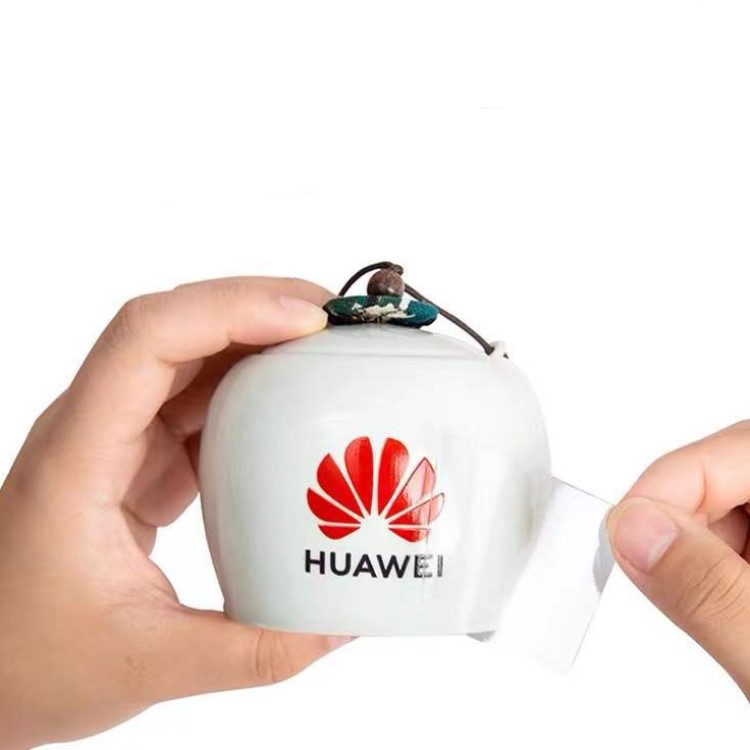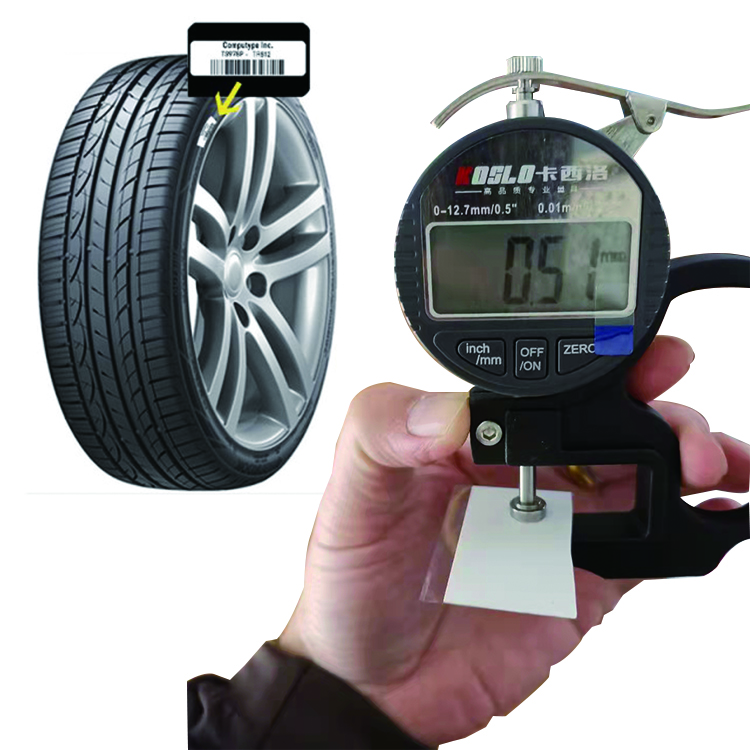The Uses of High-Temperature Labels: Explained
High-temperature labels play a crucial role in various industries where extreme heat is a constant challenge. These labels are specifically designed to withstand high temperatures without compromising their readability and adhesive properties. In this article, we will explore the different applications and benefits of high-temperature labels.
1. Aerospace Industry
The aerospace industry heavily relies on high-temperature labels to ensure safety and efficiency. These labels are used for identifying critical components, such as engine parts, that are exposed to extreme heat during flight. By using high-temperature labels, aerospace engineers can easily track and monitor these components, ensuring they function optimally even under extreme conditions.
2. Automotive Industry
In the automotive industry, high-temperature labels are essential for labeling various parts that are exposed to intense heat. For example, exhaust systems, engine blocks, and catalytic converters generate high temperatures during operation. By using high-temperature labels, manufacturers can provide important information, such as part numbers and safety warnings, that remain legible despite the extreme heat.
3. Manufacturing Industry
In the manufacturing industry, high-temperature labels are widely used to mark equipment, machinery, and containers that are subjected to high temperatures during production processes. These labels ensure clear identification of components, facilitate inventory management, and help prevent errors or accidents caused by mislabeling or incorrect temperature specifications.
4. Chemical Industry
The chemical industry deals with substances that often require high-temperature processing. High-temperature labels are employed to mark containers, drums, and pipes that transport or store chemicals at elevated temperatures. These labels provide crucial information about the contents, handling instructions, and safety precautions, ensuring that workers can identify and handle hazardous materials correctly.
5. Food Processing Industry
In the food processing industry, high-temperature labels are used to track and label products that undergo high-temperature cooking, pasteurization, or sterilization processes. These labels are often applied to packaging materials, ensuring that important information such as expiration dates, ingredients, and nutritional facts remain intact and legible, even after exposure to high temperatures.
6. Research and Development
High-temperature labels are also valuable in research and development environments, where scientists and engineers conduct experiments and tests involving extreme heat. These labels enable precise identification and tracking of samples, equipment, and instruments, ensuring accurate data collection and analysis.
Conclusion
High-temperature labels are indispensable in industries where extreme heat is a constant factor. From aerospace and automotive to manufacturing and chemical industries, these labels provide clear identification, safety information, and tracking capabilities in environments with high temperatures. By utilizing high-temperature labels, businesses can enhance efficiency, improve safety measures, and ensure compliance with industry standards.
Remember, high-temperature labels are not just ordinary stickers; they are specially engineered to withstand extreme heat without compromising their functionality. Their ability to endure harsh conditions makes them an essential tool across a wide range of industries.
We offer comprehensive technical support, including free professional labeling solutions, advice on label materials and adhesive selection, as well as online/offline assistance from professional software and hardware engineers. Service email: andy@ownlikes.cn. In pre-sales, we leverage our extensive experience in specialty labeling projects to provide clients with the most suitable hardware solutions. Additionally, all our label barcode printers and scanners come with a three-year free warranty, demonstrating our confidence in our products.






This site is protected by reCAPTCHA and the Google Privacy Policy and Terms of Service apply.